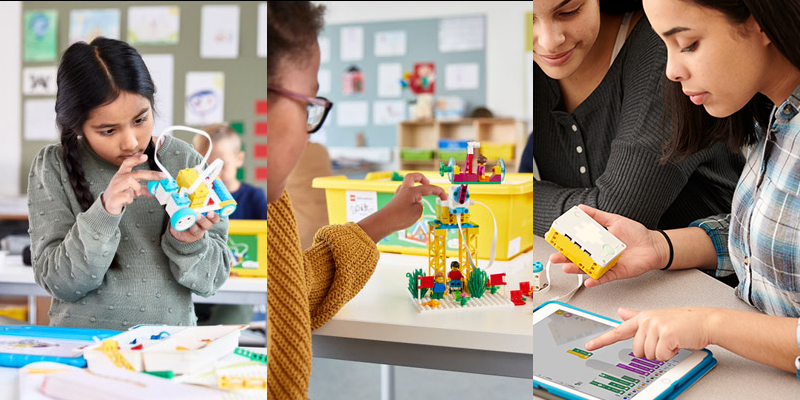
STEM vs. STEAM Education: Which One is Right for Your Child?
STEM vs. STEAM Education: Which One is Right for Your Child
In the ever-evolving landscape of education, the debate between STEM (Science, Technology, Engineering, and Mathematics) and STEAM education (adding Arts to the mix) continues to spark discussions about the most effective way to prepare students for the challenges of the 21st century. Both approaches have their merits, but the question remains: which is the key to unlocking the full potential of our students? Let’s delve into the world of STEM and STEAM education to understand their differences, advantages, and the importance of striking a balance for a well-rounded future.
STEM: The Foundation of Innovation
STEM education has long driven technological advancement and scientific breakthroughs. STEM programs, focusing on honing skills in science, technology, engineering, and mathematics, aim to equip students with the crucial analytical and problem-solving abilities needed for success in the modern workforce. From coding to robotics, the STEM system lays the groundwork for a society that thrives on innovation.
Advantages of STEM Education:
- Critical Thinking: STEM education emphasizes analytical thinking and problem-solving skills, fostering a mindset that seeks solutions to real-world challenges.
- Career Opportunities: With a growing demand for STEM professionals, students well-versed in these disciplines have a wide array of career paths to choose from.
- Technological Literacy: STEM education ensures that students are fluent in the language of technology, a skill set essential in today’s digital age.
STEAM: Adding Creativity to the Equation
While STEM provides a strong foundation, the STEAM education movement argues that incorporating the arts is essential for nurturing well-rounded individuals who can adapt to a rapidly changing world. By integrating arts, STEAM system seeks to cultivate creativity, innovation, and a holistic approach to problem-solving.
Advantages of STEAM Education:
- Creativity and Innovation: The arts encourage creative thinking, enabling students to approach problems with fresh perspectives and develop innovative solutions.
- Interdisciplinary Skills: STEAM education breaks down traditional silos, fostering collaboration and communication across diverse disciplines.
- Cultural Relevance: Arts provides for cultural context, helping students understand the societal impact of their STEM innovations and fostering empathy.
Building Holistic Learners: LEGO Education’s STEAM Focus
LEGO® Education focuses on STEAM education (Science, Technology, Engineering, Arts, and Math) to provide comprehensive and accessible learning solutions for students in preschool through middle school. Emphasizing hands-on experiences and engaging lessons, LEGO® Education aims to ignite curiosity and interest in diverse subjects. By integrating purposeful play into the classroom, they prioritize joyful, meaningful, and actively engaging learning experiences that improve cognitive, social, emotional, creative, and physical outcomes. The iterative nature of their instructional methods encourages exploration and refinement of understanding. Additionally, LEGO® Education recognizes the significance of social interaction, promoting collaborative learning. Their commitment to STEAM education reflects a holistic approach, fostering well-rounded student development and making education an enjoyable and enriching journey. Through these strategies, LEGO® Education contributes to a dynamic and comprehensive learning environment that inspires students across different age groups.
Striking a Balance:
The Power of STEAM While STEM and STEAM each bring unique strengths to the educational table, the true power lies in finding a harmonious balance between the two. By combining the analytical prowess of STEM with the creative thinking instilled by the arts, we can nurture students who are not only technologically adept but also possess the talent to think clearly, communicate effectively, and adapt to an ever-changing world.
In the ongoing STEM vs. STEAM debate, it’s crucial to recognize that both approaches have valuable contributions to make in preparing students for the future. The ideal educational landscape is one that seamlessly integrates the analytical power of STEM with the creative ingenuity of the arts. By embracing both sides of the spectrum, we can empower students to become well-rounded individuals capable of navigating the complexities of the modern world and contributing meaningfully to society. In the end, it’s not a matter of STEM or STEAM but rather a quest for the perfect blend that unlocks the full potential of our future leaders and innovators.


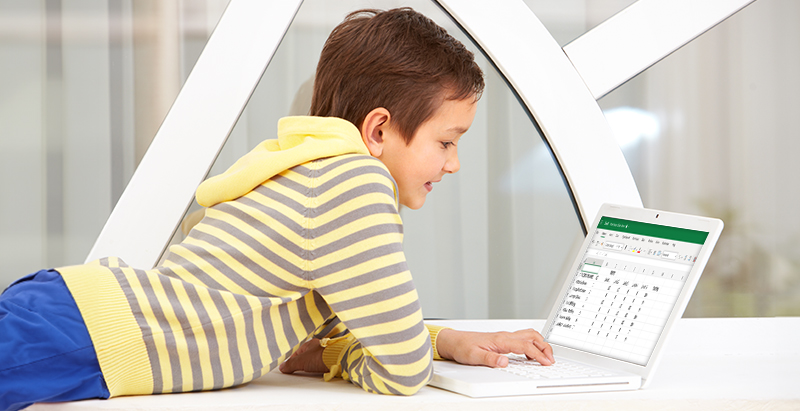
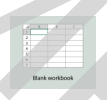



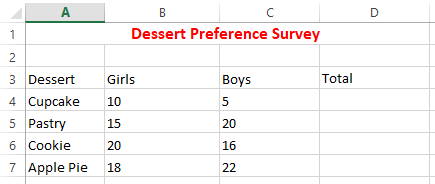

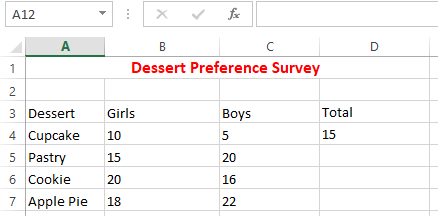
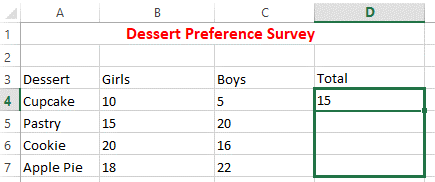
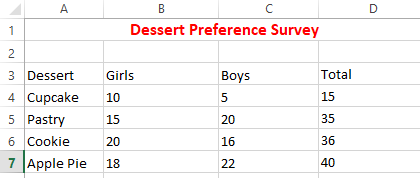

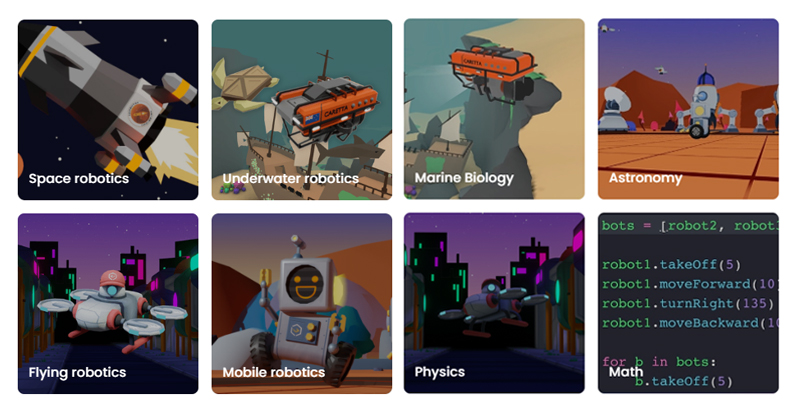




Recent Comments